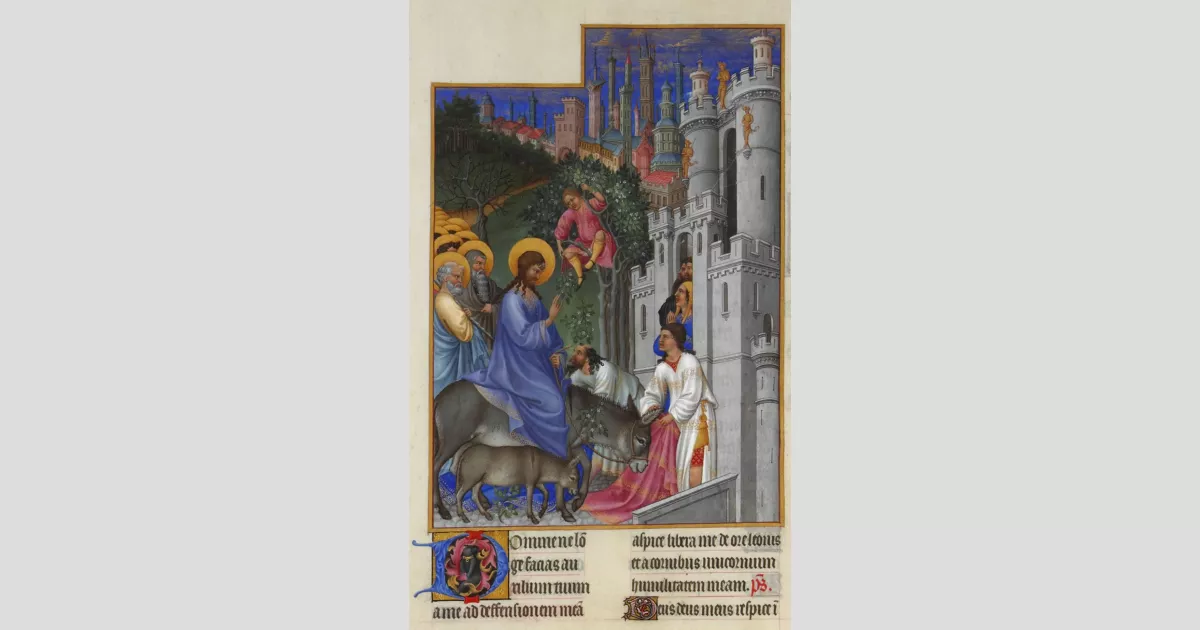Holy Week, the holiest week in the Christian calendar, is a moveable observance celebrated by all Christian denominations. In Eastern Christianity, also known as Great Week, it follows Great Lent and Lazarus Saturday, commencing on Palm Sunday evening and ending on Great Saturday evening. In Western Christianity, it marks Lent's final week, starting on Palm Sunday and concluding on Holy Saturday.
1955: Name Change for Palm Sunday
In 1955, the Roman Rite renamed Palm Sunday to Second Sunday in Passiontide or Palm Sunday. This followed the pre-1955 convention where it was simply known as Palm Sunday.
1960: Feast Reduced to Commemoration
Pope John XXIII reduced the Feast of the Seven Sorrows of Mary to a commemoration with the 1960 Code of Rubrics.
1962: Tridentine Mass Calendar Observance
The Tridentine Mass calendar of 1962, still permitted under certain circumstances as of 2007, gives Our Lady of Sorrows a commemoration within the Friday liturgy.
1969: Removal of the Feast of the Seven Sorrows of Mary
The Feast of the Seven Sorrows of Mary, celebrated on the Friday before Palm Sunday, was removed from the General Roman Calendar in 1969 to avoid duplication with the September feast.
1971: Palm Sunday Name Reverted
The Roman Rite reverted the name of Second Sunday in Passiontide or Palm Sunday back to Palm Sunday in 1971.
1999: Plenary Indulgence Granted
In 1999, the Enchiridion Indulgentiarum granted plenary indulgence once a day in specific cases within the Roman Catholic Church.
2002: Alternative Collect Provided
Pope John Paul II's 2002 edition of the Roman Missal provided an alternative collect for the Friday before Palm Sunday, effectively granting the Lenten celebration of Our Lady of Sorrow the rank of memorial.
2007: Summorum Pontificum Document
The 2007 document Summorum Pontificum outlined circumstances under which observing the Tridentine Mass calendar of 1962 is permitted.
2011: Change in Easter Proclamation Text
Until Easter 2011, the official English text during the Easter Proclamation was "Christ our Light", which changed to "The Light of Christ" after 2011.
Mentioned in this timeline
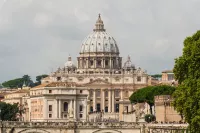
The Catholic Church the largest Christian church globally with over...
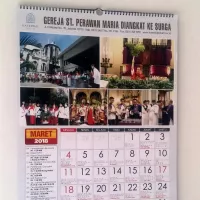
Calendars are systems for organizing days by naming time periods...
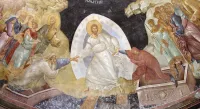
Easter is a Christian holiday celebrating the resurrection of Jesus...
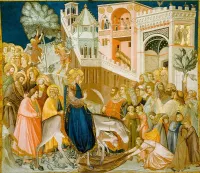
Palm Sunday is a Christian feast commemorating Jesus Christ's triumphant...

The Pope is the Bishop of Rome and the head...
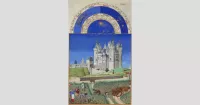
September is the ninth month of the year in the...
Trending

7 months ago Jane Fonda Stuns at Cannes Closing with Caged Heels and 3D Florals
1 month ago Drake London Suffers PCL Sprain, Out for at Least One Week.

Larry Page is an American entrepreneur and computer scientist who co-founded Google with Sergey Brin He is highly regarded for...

Makea Puka Nacua is a professional American football wide receiver for the Los Angeles Rams He played college football at...
4 months ago Trump Involved in Kennedy Center Honors Announcement, Surprising Staff with his appearance.
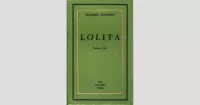
Lolita a novel by Vladimir Nabokov centers on Humbert Humbert a literature professor obsessed with Dolores Haze a -year-old girl...
Popular

Candace Owens is an American conservative political commentator and author...

Tucker Carlson is an American conservative political commentator known for...

XXXTentacion born Jahseh Dwayne Ricardo Onfroy was a controversial yet...

Ilhan Omar is an American politician currently serving as the...

Kashyap Pramod Patel is an American lawyer who became the...

Charles James Charlie Kirk was a prominent American right-wing political...
